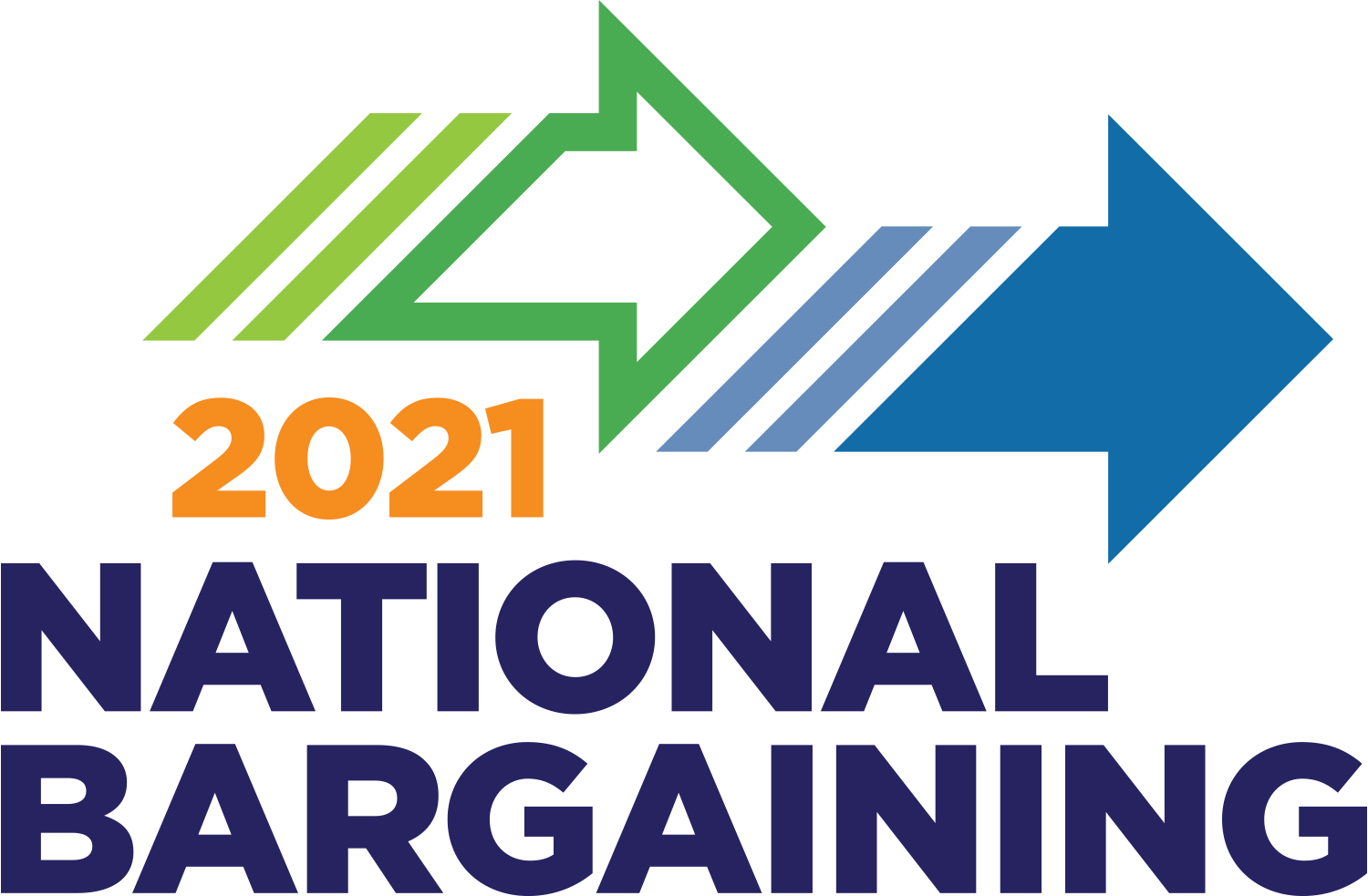
Alma Salazar, a licensed vocational nurse and member of United Steelworkers Local 7600, vaccinates a young patient at the Fontana Medical Center in Southern California.
Six weeks into national bargaining between the Alliance of Health Care Unions and Kaiser Permanente, negotiators are expressing contrasting views about critical economic issues ─ including wages and benefits.
KP leaders, citing concerns about growing costs and competition, say action is needed to address wages and wage increases that consistently outpace those of market competitors contributing to a compensation disparity that grows wider every year.
Alliance representatives, meanwhile, say industry-leading wages and benefits are one of the key tenets of the Labor Management Partnership that is detailed in our 2018 Alliance Labor Management Partnership Agreement and 2018 KP-Alliance National Agreement. Union leaders added that this year, more than ever, union members deserve strong wage increases for heroic work that enabled the organization’s robust performance during the pandemic.
While acknowledging tough talks ahead, the parties remain committed to our innovative Labor Management Partnership. Union and management leaders are confident that interest-based negotiations will yield an agreement that is best for frontline workers, patients, and Kaiser Permanente.
“We intend to adapt to the changing business environment together, honoring the partnership that has contributed so much to our success over the past two decades,” said Steve Shields, senior vice president of National Labor Relations and the Office of Labor Management Partnership.
Hal Ruddick, Alliance executive director, says partnership is based on the concept that empowered workers continuously innovate. This enables Kaiser Permanente to maintain its competitive edge, even amid new market challenges, while continuing to provide market-leading salary and benefits.
“We expect to continue beating the competition by innovating in partnership,” Ruddick said.
Differences over wages, benefits and other financial issues emerged during meetings of the Economic subcommittee in May and early June.
KP leaders told subcommittee members that the organization is containing costs by restructuring management, consolidating office space and leveraging technology, among other methods – but it’s not enough. They say more needs to be done to restrain costs ─ and that includes controlling wages and benefits that make up nearly 50 percent of expenses.
Alliance leaders say this view contradicts the hard numbers showing KP brought in more than $16 billion in net profit and over 700,000 new members since 2018. They also say KP’s stated financial concerns are based on studies without union involvement.
The economic group is one of 5 subcommittees comprising representatives chosen by KP and union leaders. Other subcommittees are addressing dispute resolution, staffing, safety, and racial justice.
The subcommittees will continue meeting twice monthly through July, with the next Economic subcommittee session scheduled for June 14. The Common Issues Committee, the full bargaining team, is scheduled to meet virtually June 23 to hear updates on the subcommittees’ progress.
